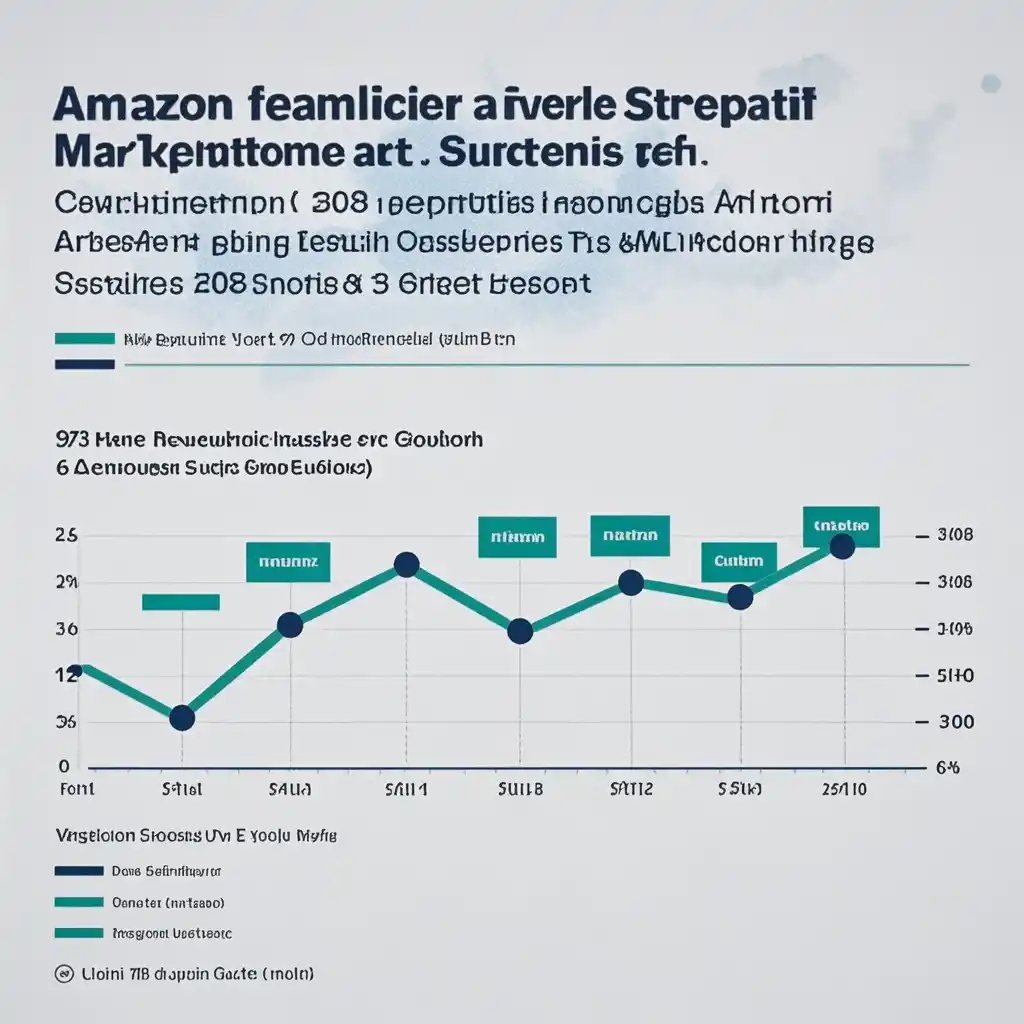

In recent times, Amazon sellers in the United States have faced a significant shift in their business landscape due to tariffs. These tariffs have reduced the competitiveness of the US market, compelling many sellers to look towards emerging markets such as those in the Middle East for diversification.
Background
The imposition of tariffs in the US has led to increased costs for Amazon sellers. This includes not only the direct cost of the tariffs on imported goods but also the indirect costs such as supply chain disruptions. For example, some products sourced from overseas may face delays at customs due to increased scrutiny related to tariffs. As a result, profit margins have been squeezed in the US market. Additionally, the overall market sentiment has become more uncertain, with consumers potentially being more cautious about their purchases due to the perception of higher prices.
According to market research, in the past year alone, the average cost increase for Amazon sellers in the US due to tariffs has been around 10 - 15% depending on the product category. This has led to a decline in growth rates for many small and medium - sized sellers in the US market.
Opportunities in Emerging Markets
The emerging markets, especially in the Middle East, present several lucrative opportunities for Amazon sellers.
1. Growing consumer base: The Middle East has a young and growing population with increasing disposable incomes. For instance, countries like the United Arab Emirates and Saudi Arabia have seen a significant rise in their middle - class population in the past decade. The e - commerce market in the Middle East is expected to grow at a compound annual growth rate (CAGR) of over 20% in the next five years. This growth is driven by factors such as improved internet penetration, increased smartphone usage, and a shift in consumer behavior towards online shopping.
2. Less competition: Compared to the highly saturated US market, emerging markets in the Middle East offer a relatively less competitive environment for Amazon sellers. There are fewer established players in many product categories, allowing new entrants to gain market share more easily. For example, in the beauty and personal care segment in the Middle East, there is still room for new brands to introduce innovative products and capture market share.
3. Favorable government policies: Many Middle Eastern governments are actively promoting e - commerce and foreign investment. They offer incentives such as tax breaks, support for setting up logistics centers, and simplified regulatory procedures for e - commerce businesses. For example, the Dubai government has launched initiatives to create a more conducive environment for e - commerce startups and international companies.
Challenges in Diversifying into Emerging Markets
1. Cultural differences: Understanding the cultural nuances of the Middle East is crucial. For example, in some Middle Eastern countries, religious and cultural values play a significant role in consumer behavior. Certain products may not be acceptable or may need to be marketed in a different way. For instance, when selling clothing, it is important to be aware of the modesty requirements in different regions.
2. Logistics and infrastructure: While the Middle East has been making significant progress in developing its infrastructure, there are still challenges. Logistics can be more complex and costly compared to the US. Delivery times may be longer in some areas, and last - mile delivery can be a particular pain point. For example, in some remote areas of Saudi Arabia, ensuring timely and reliable delivery can be difficult.
3. Payment and financial systems: The payment landscape in emerging markets may be different from that in the US. There may be a higher reliance on cash - on - delivery in some regions, and setting up secure and efficient payment gateways can be a challenge. Additionally, issues such as currency exchange rates and potential fraud need to be carefully managed.
Recommendations for Amazon Sellers
1. Market research: Thoroughly research the emerging markets before entering. Understand the consumer preferences, market trends, and competitive landscape. This can involve partnering with local market research firms or using online analytics tools.
2. Adaptation: Adapt products and marketing strategies to fit the local culture. This could mean modifying product features, packaging, or advertising messages. For example, using local languages in product descriptions and marketing campaigns.
3. Logistics partnerships: Collaborate with reliable logistics partners who have experience in the emerging markets. They can help optimize the supply chain, reduce delivery times, and manage costs.
4. Payment solutions: Explore and implement secure and convenient payment solutions that are popular in the emerging markets. This could include partnering with local payment providers or offering multiple payment options.
In conclusion, while the shift towards emerging markets such as those in the Middle East offers Amazon sellers new opportunities for growth and diversification, it also comes with its own set of challenges. By carefully considering these factors and implementing the recommended strategies, sellers can increase their chances of success in these emerging markets.